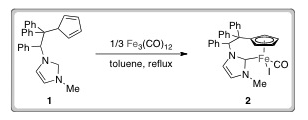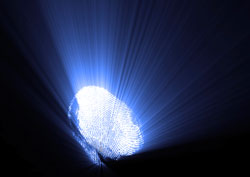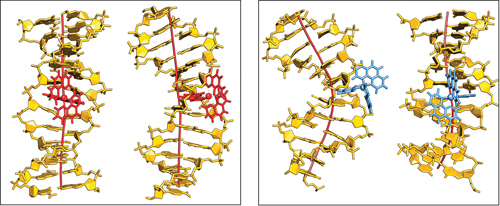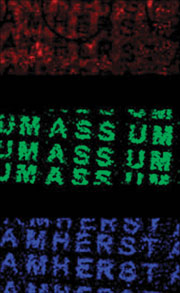
Biologically active ionic liquids supported on mesoporous silica provide solid handling with fast and complete release in an aqueous environment © Andreea Cojocaru and Gabriela Gurau/The University of Alabama
Pharmaceutically active ionic liquids have been immobilised onto solid supports to enable liquid drugs to be administered in solid form. Scientists from the US and Europe hope that their work will make the pharmaceutical industry consider ionic liquids as a viable alternative to solid drugs.
Pharmaceutically active ionic liquids are more soluble and stable than solid drugs and they are better at getting across cell membranes. But they are difficult to prepare and are not easy to handle. Robin Rogers from the University of Alabama in the US and colleagues immobilised the liquids onto mesoporous silica to improve preparation and handling.
The team combined known active pharmaceutical ingredients (APIs) into new dual functioning liquid salts in two ways. ‘In the first, we combined an acidic API with a basic API simply by grinding or mixing them together,’ explains Rogers. ‘This produces a salt in which the proton has transferred from the acid to the base.’ In the second, they started with a cationic API and an anionic API and exchanged the inert counterions to produce a new salt of API1+ and API2-.
Read the full article in Chemistry World
Link to journal article
Pharmaceutically Active Ionic Liquids with Solids Handling, Enhanced Thermal Stability, and Fast Release
Katharina Bica , Hector Rodriguez , Gabriela Gurau , O. Andreea Cojocaru , Anders Riisager , R Fehrmann and Robin D. Rogers
Chem. Commun., 2012, Accepted Manuscript, DOI: 10.1039/C2CC30959A



















